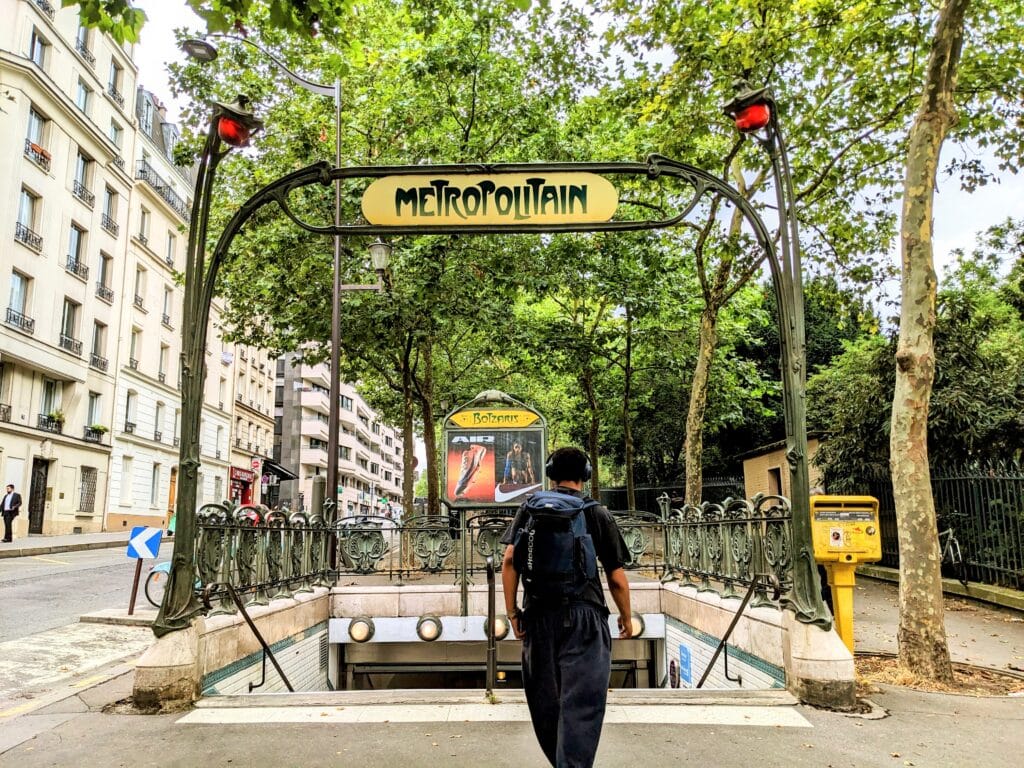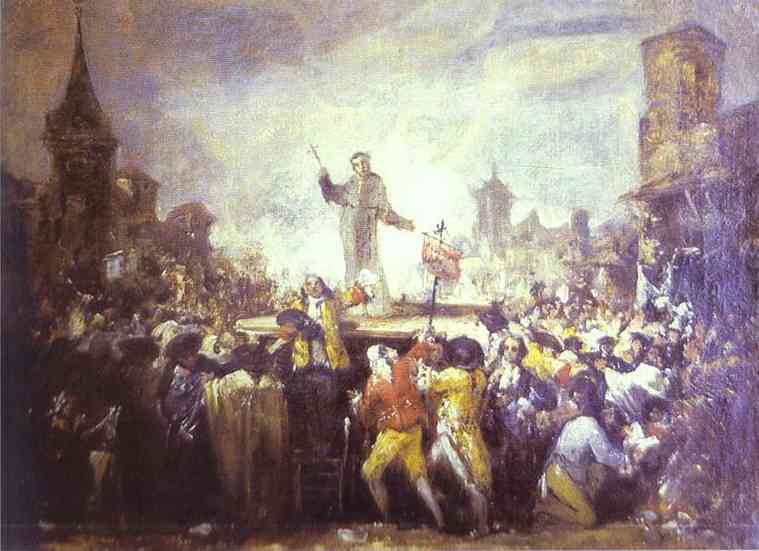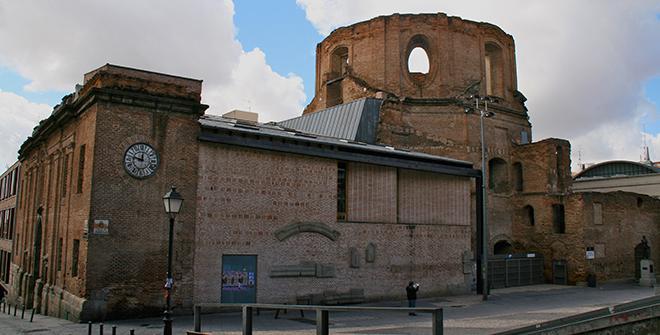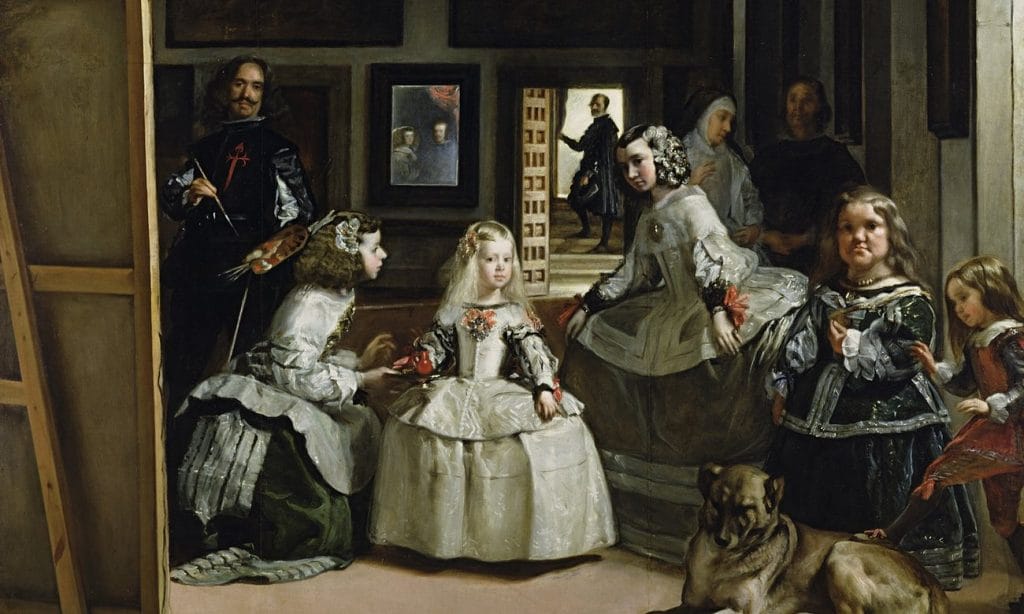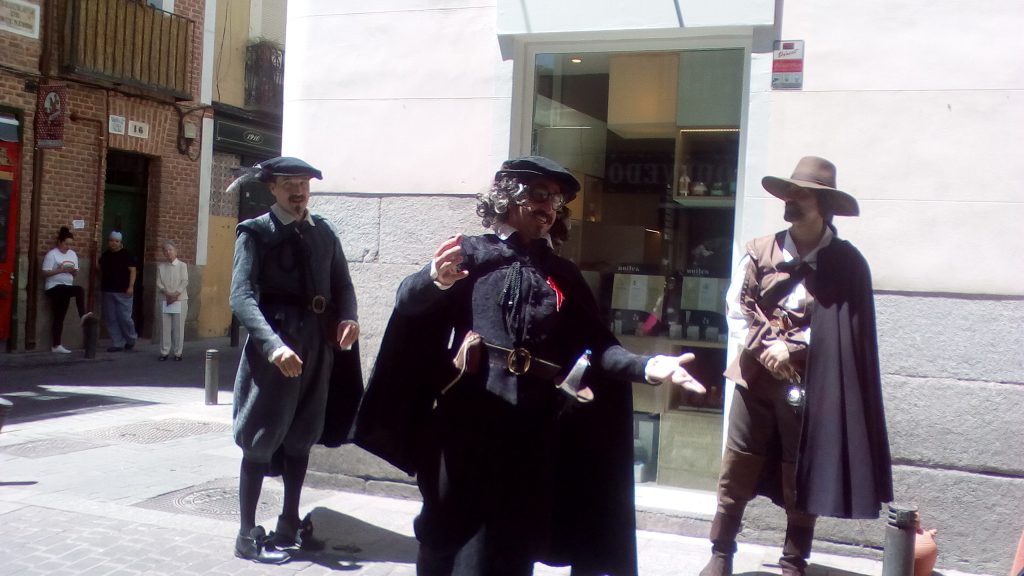Bonjour à tous! This latest missive from The Making of Madrid comes to you from Paris. Summer in Madrid is way too hot for me and my Guardian opinion piece on the destruction of trees in Madrid has made things even hotter! My critique of the local government’s policy seems to have stirred up a small hornet’s nest of haters on X though happily, the overwhelming response from ordinary Madrilenians – and publications like Madrid Secreto and Cadena Ser – has been a huge thumbs up!
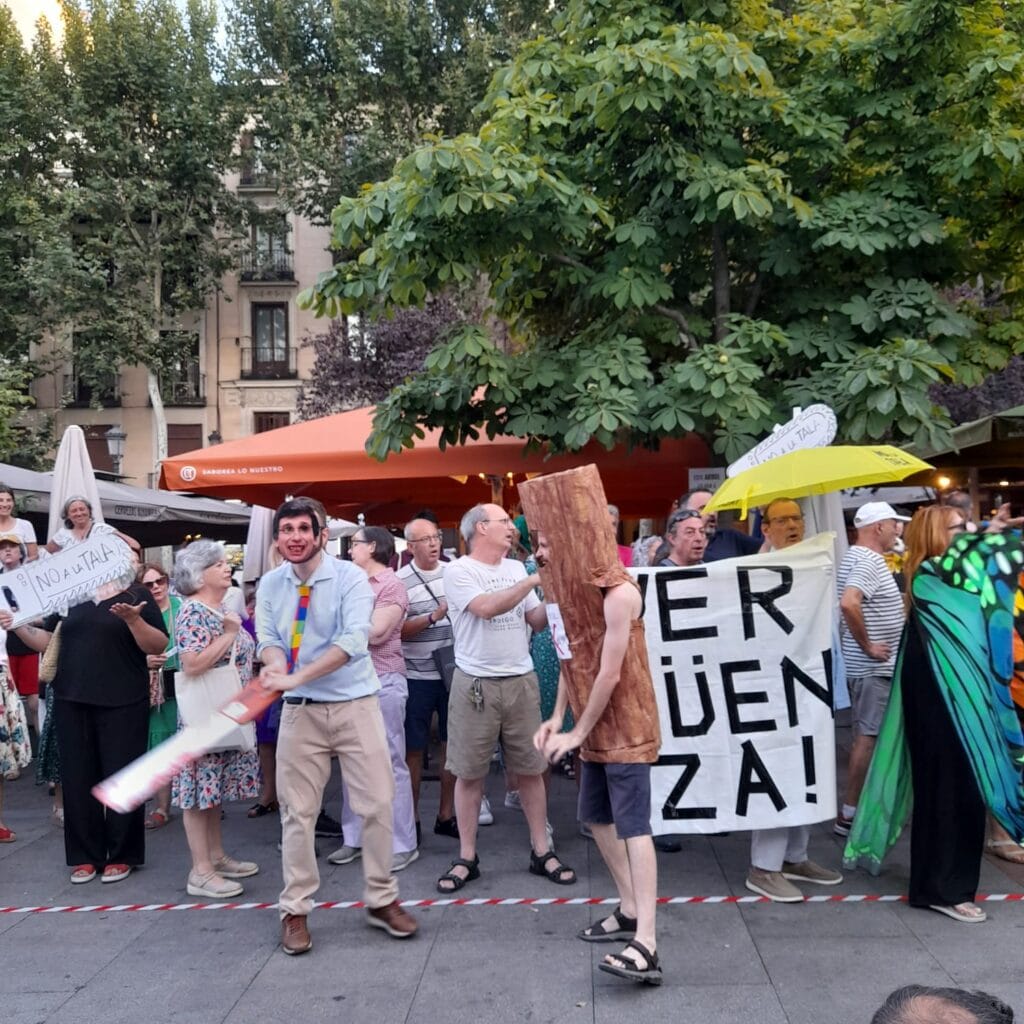
The upshot is, I’m watching this all unfold from the city of lights where I’ve been spending the summer cat-sitting. Cooler temperatures are not the only refreshing thing about being in another city. Being in Paris has also given me some fresh insights into the infrastructure of Spain’s capital. Parisian architecture has long had a huge influence on Madrid as the history of the two cities is deeply entwined.
Urban planning
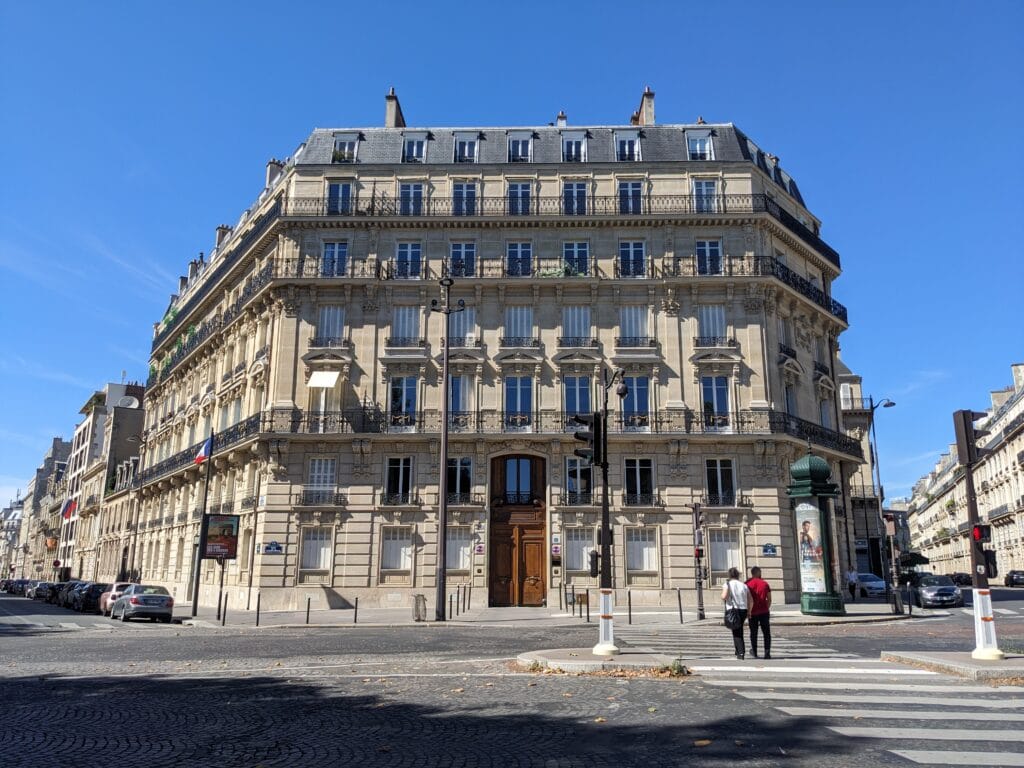
With a history going back to Roman times, Paris is a much older city than Madrid. However, its current layout is relatively modern. The brainchild of Napoleon III and architect Baron Haussmann, this elegant infrastructure was imposed at a cost as older buildings were knocked down in the mid-19th century to create wide boulevards lined with identical yet elegant buildings.
While Haussmann’s project improved sanitation, it didn’t take into account the needs of working-class citizens. As slums were demolished, the cost of living went up and so did tempers. This, along with other factors, led to the Paris Commune, a short-lived popular uprising that Napoleon III’s troops found easy to crush along the wide boulevards in the centre of the city.
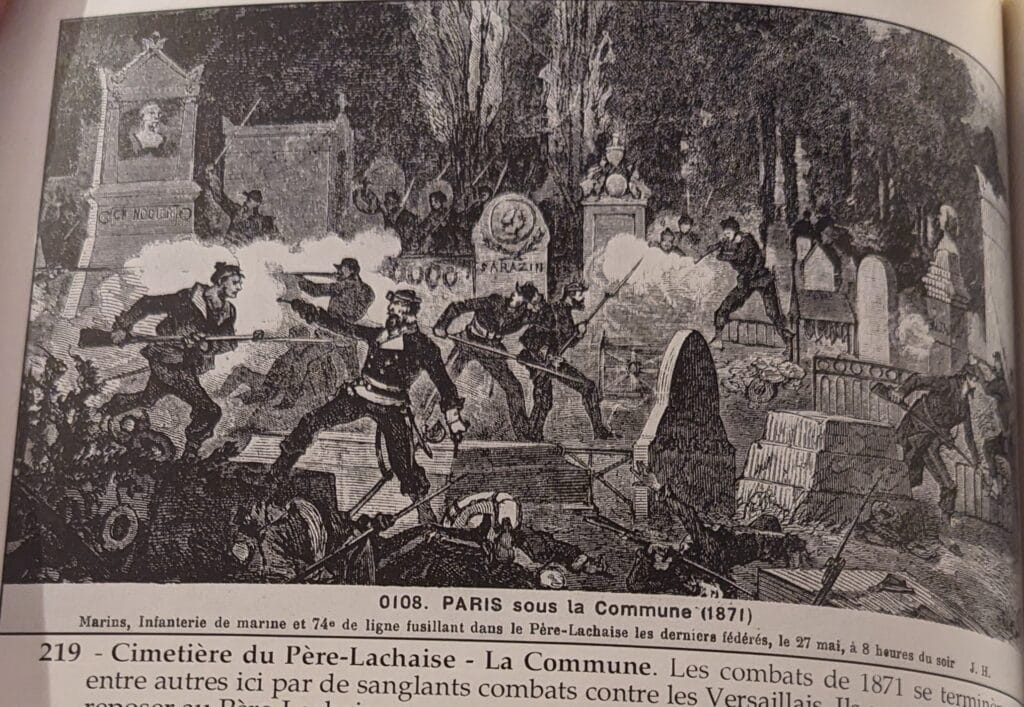
Interestingly, the rebels could hold out much longer in the narrow streets of Montmartre and the 20th arrondissement, both areas recently incorporated into Paris. The Sacré-Cœur, now a symbol of romance immortalized in Amélie, was built on Montmartre shortly after the uprising was put down. Back then, it was universally hated by rebellious residents who were beginning to believe religion was the opium of the masses.
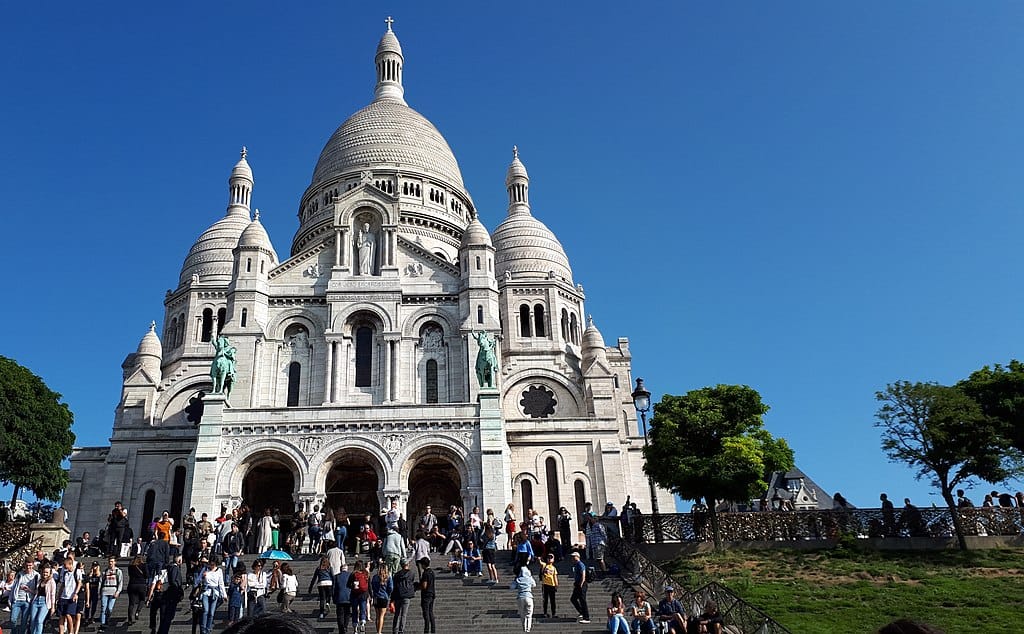
Cross-pollination
Haussmann’s mid-19th-century Parisian architectural style was copied on Gran Vía in Madrid. While the project was conceived in the 19th century, construction work didn’t begin until 1910. Similarly to Paris, the wide boulevard was created by knocking down narrow streets deemed unsanitary by authorities. However, Madridlenians resisted this innovation, mocking it in satirical works like the zarzuela La Gran Vía. The upshot: the Parisian-style avenue cuts through a city that still retains many of its medieval streets.
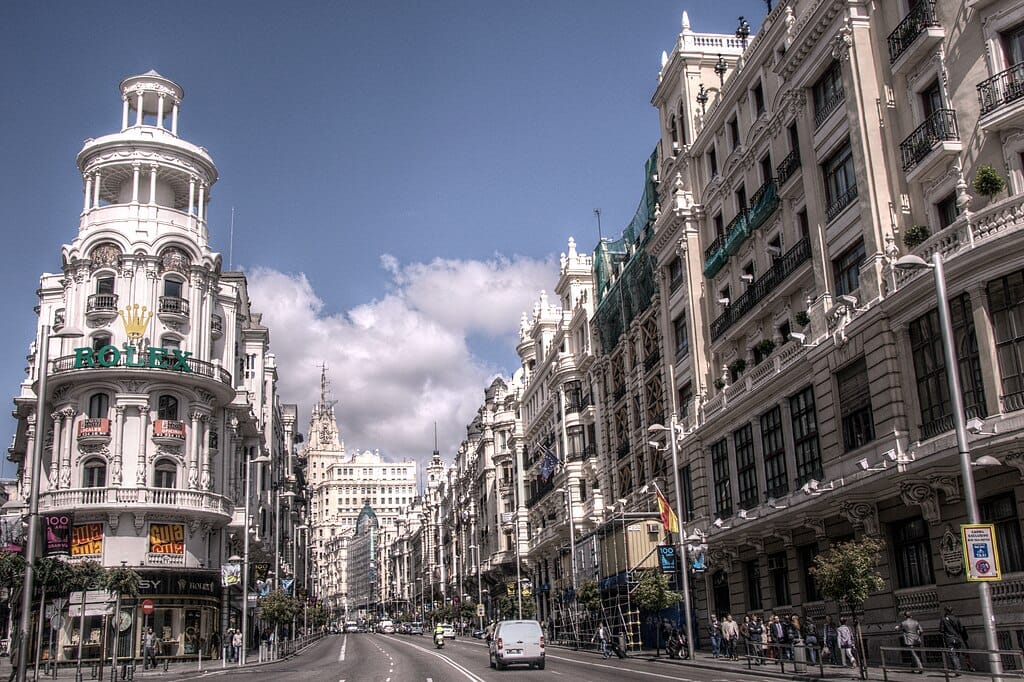
Other echoes of Paris in Madrid can be found along Paseo del Prado, which was created back in the 18th century at the behest of King Carlos III. Being a Bourbon, Carlos was an advocate of modernising enlightenment ideas coming in from France and I have to say, this leafy avenue with its iconic fountains is one of Madrid’s prettiest areas.
Public spaces
A French influence can also be seen in many of Madrid’s public squares, albeit a much less benign one! During Napoleon’s invasion of Spain (1808-1814), he placed his brother Joseph Bonaparte on the throne. Pepe Plazuelas, as he was known to rebellious Madrilenians, quickly set to work bulldozing religious institutions to create some of Madrid’s best public spaces. One of these is Plaza de Santa Ana, the square in Madrid’s literary district that has become the latest flashpoint in the battle to save Madrid’s trees.
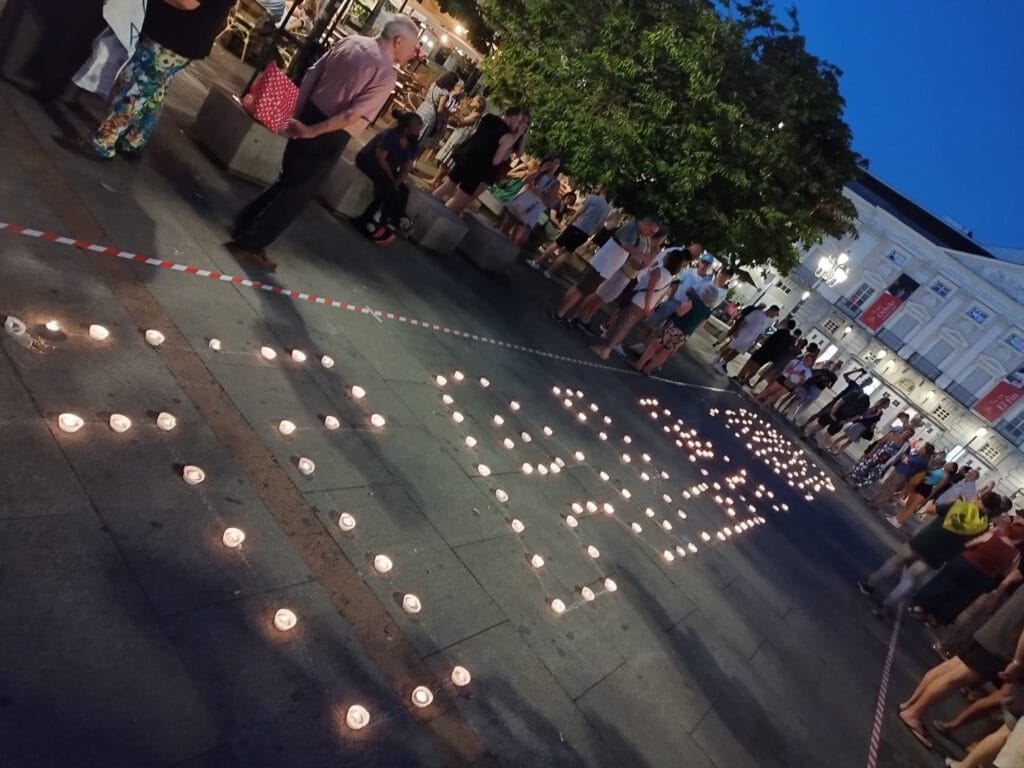
Speaking of leafy spaces, I was happy to note that huge mature trees have been well cared for in Paris and still provide lovely shimmering shade in its squares and avenues. Still, as I wandered the wide streets of Paris, I found myself missing the intimacy of Madrid’s narrow roads. Paris is built on a much grander scale, a scale that simultaneously impresses and diminishes the individual.
Iconic squares with a bloody history
Both Paris and Madrid have seen plenty of action so it’s no wonder that their iconic city squares have borne witness to some pretty blood-curdling history. In Madrid’s Plaza Mayor, this ran the gamut from bullfights to trials of faith run by the Spanish Inquisition, to public executions. However, in this last category, the French might have outdone the Spanish during the 1793-1794 reign of terror when 1,119 people, including Louis XVI and Marie Antoinette, were beheaded in the Place de la Concorde!
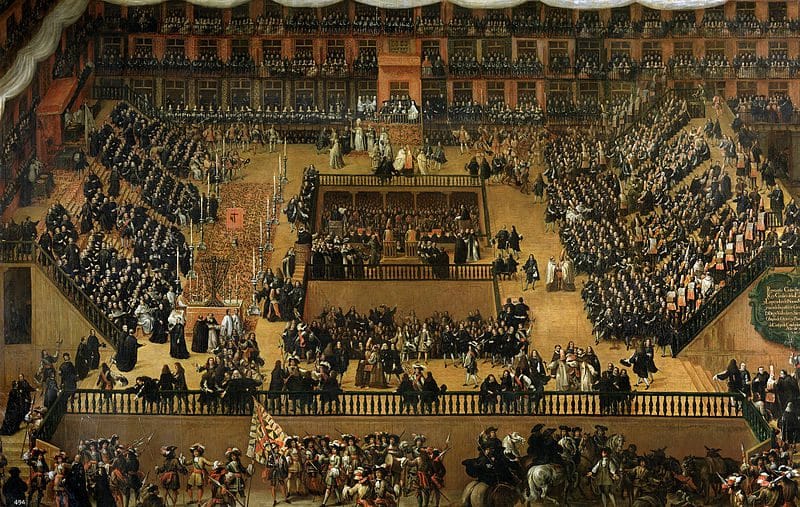
Revolutionary zeal
While Spaniards also overthrew their monarchs, things didn’t get bloody in Spain until the Second Republic. When the First and Second Republics were declared in 1873 and 1931, Spanish monarchs slipped discretely away to Paris. Relatives of the unfortunate Louis XVI, the Bourbon Queen Isabel II and King Alfonso XIII were probably both well aware of what might be in store if they stuck around!
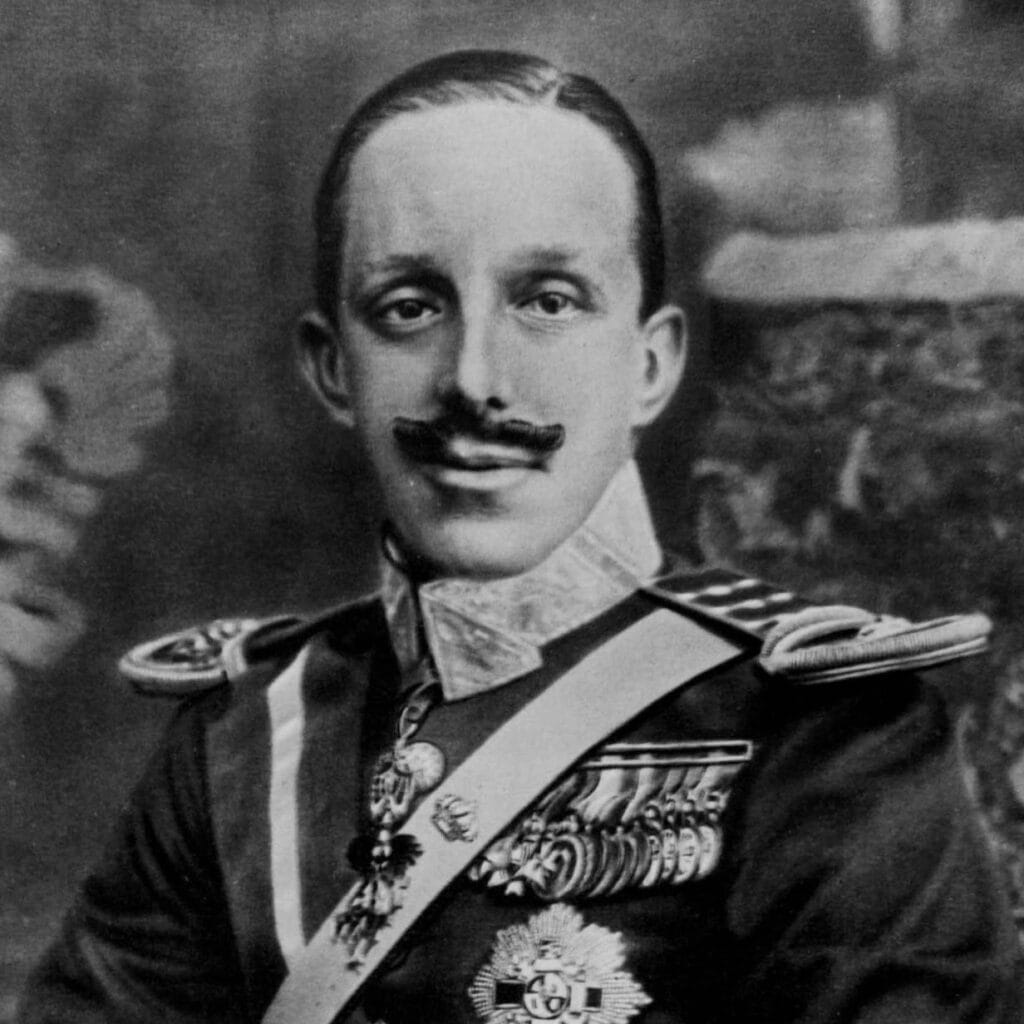
Of course, as with the Paris Commune, things didn’t go too well for the general populace in Spain and the Civil War had bloody consequences that still reverberate to this day. During my time in the 20th arrondissement, I visited Père-Lachaise cemetery. In a far corner is a wall against which the last rebels in the Commune were shot and close by is a memorial to the French soldiers who died fighting in the brigades during the Spanish Civil War.
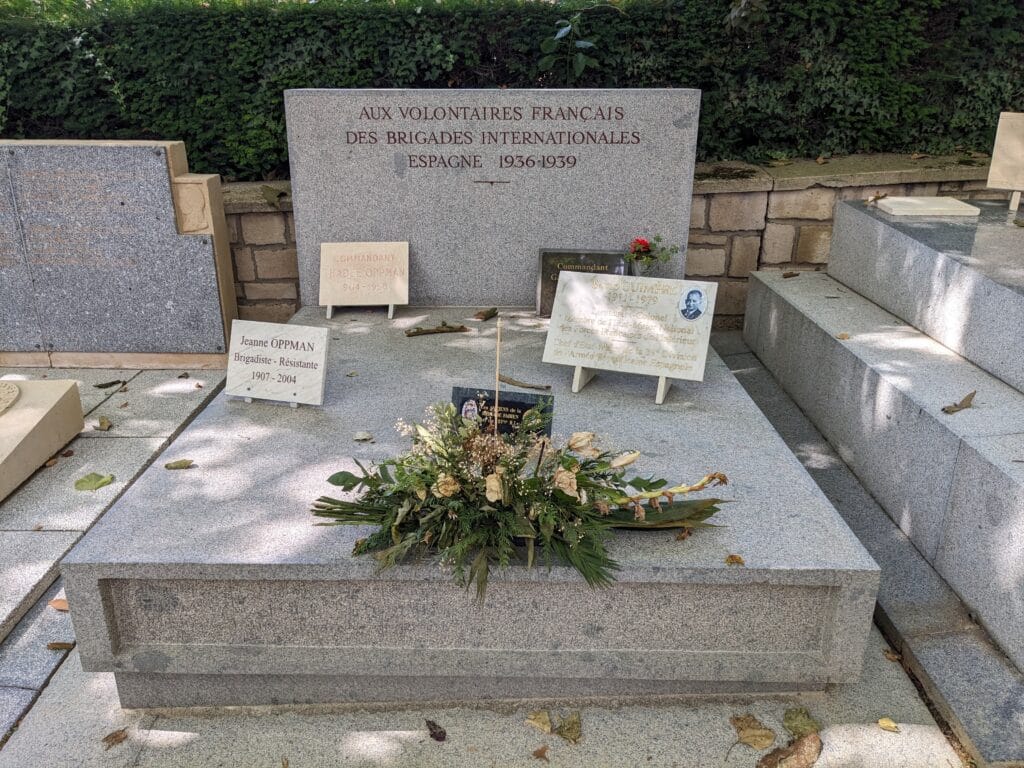
Masonry and doors
While I was in Père-Lachaise I was struck by the beauty of the masonry on many of the tombs, most of it dating from the turn of the last century when Paris flourished as a centre for European art and architecture. Wandering the city, I saw lovely examples of this everywhere I looked as Haussmannian architecture evolved into something more fluid and decorative.
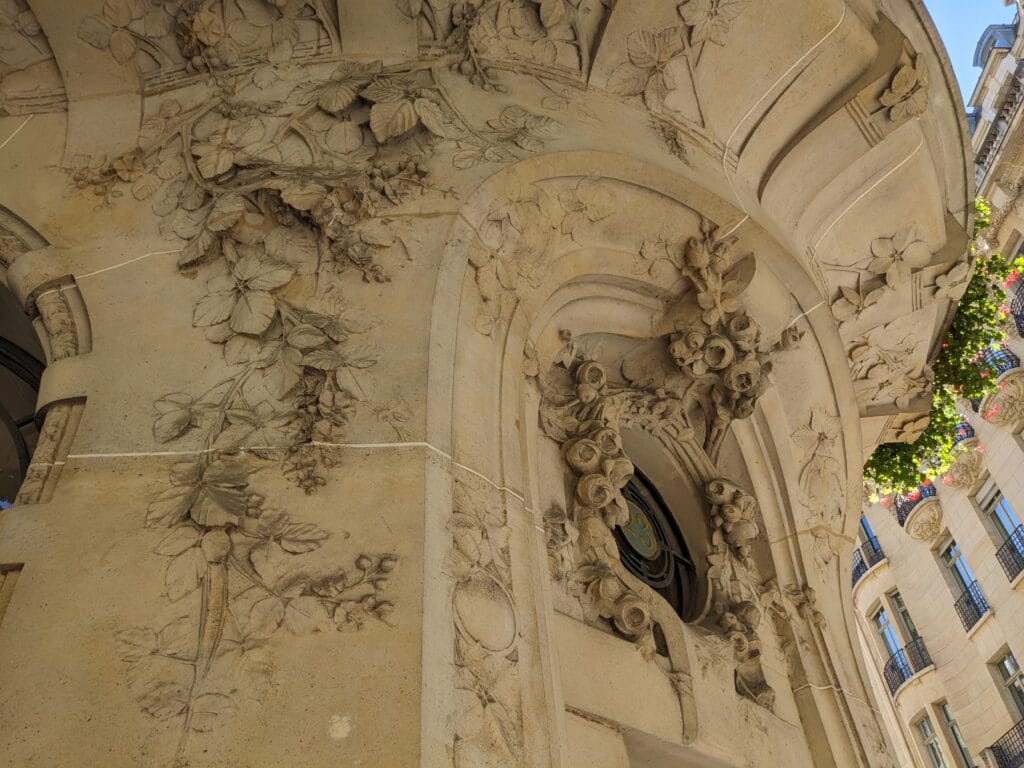
It’s obvious that architects in Madrid, which also grew massively during this era, were hugely influenced by Parisian styles with some even copying the hubristic habit of carving their name into the sides of their buildings. And yet, Madrid buildings from this time are no carbon copies of French structures. Instead, Spanish architects looked to the country’s Islamic past incorporating North African and Middle Eastern elements into the mix, which is why a lot more exposed brickwork is seen in Madrid.
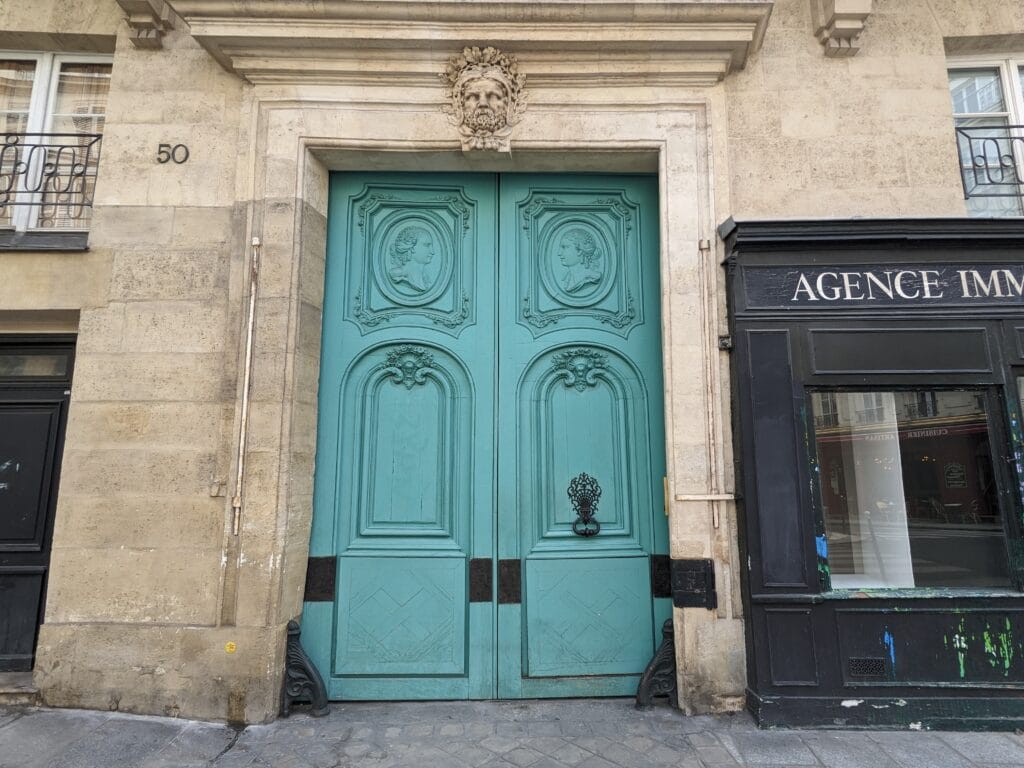
Doorways too are similar but different and I can’t quite decide which I prefer: the grand entranceways in Paris topped with elegant masonry, or the smaller wooden doors of Madrid carved with lovely curved patterns. In the end, I have to admit I’m in love with both!
I’ll be back in Madrid this autumn and ready to show people around the city, so do get in touch if you want to book me for a tour!

